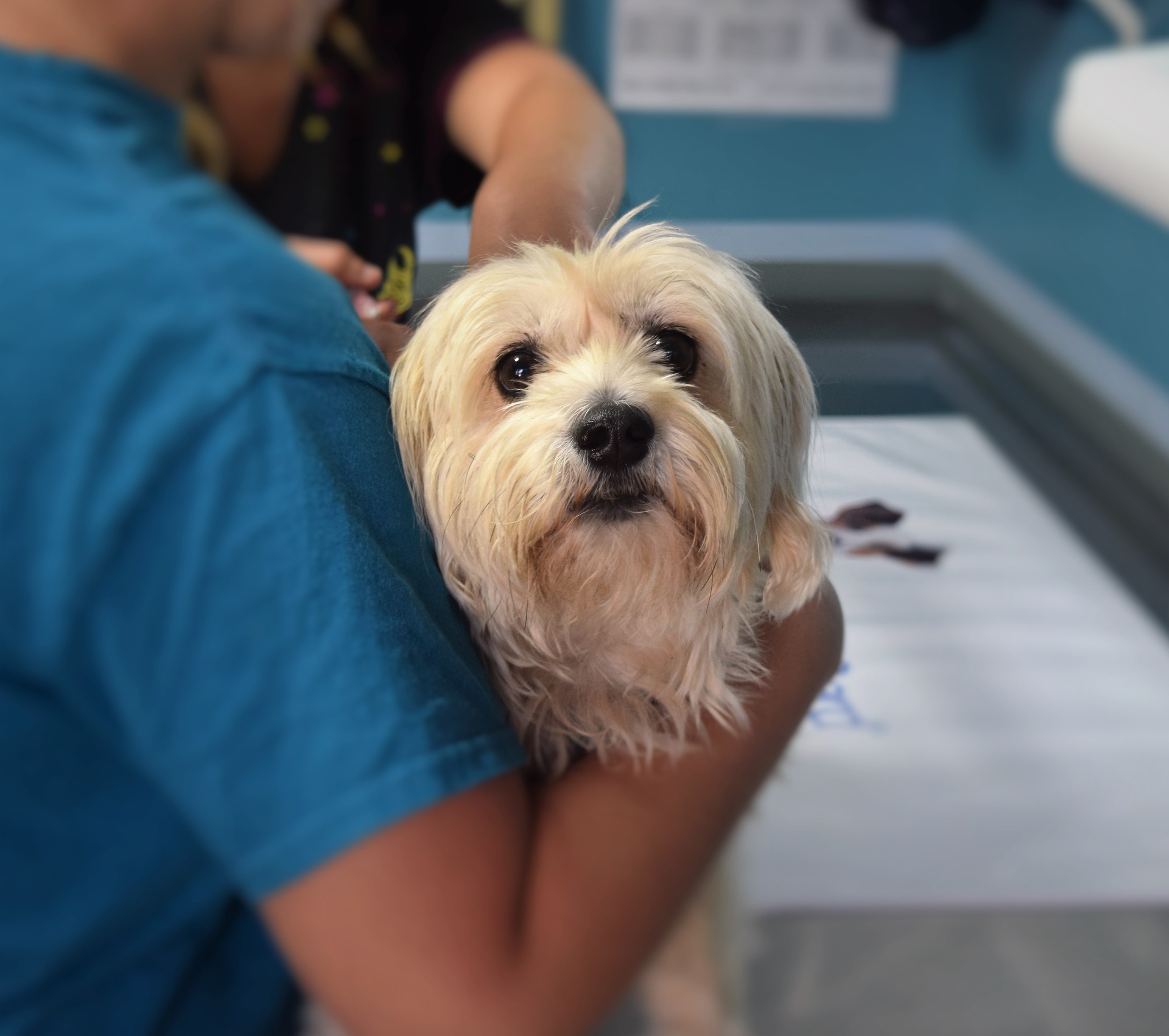As the holidays approach we all take the time to reflect on the year, celebrate friends (two and four legged), loved ones and life. At this busy time when the traffic in the home is increased and schedules change… it is important to remember how our patterns and environment can affect our pets. Here are some concerns to keep in mind about your cat or dog during the holidays
1. Tinsel, ornaments and ribbon are so attractive to cats and kittens with the curly cue pattern and springing sparkling visual. Removal of ornaments, tinsel and ribbon from the intestinal tract of cats and kittens is a common emergency procedure using either the digital endoscope or surgery depending on where in the intestines the ribbon is found. Be sure to watch you cats for increased interest in these shiny holiday decorations
2. Indoor cats getting out is a concern during the holidays as doors are more often ajar to share holiday cheer. If you know guests are arriving try to close your indoor cat into a back room until all increased traffic has settled
3. Fear of strangers and change in life habits. Some cats are very sensitive about their environments and company. When great changes like house guests or loud parties happen in their home environment- they can act out with behavioral changes that create problems. Most common is inappropriate urination to mark some place or thing as their own. In extremely anxious cats, urinary blockage, a hunger strike resulting in liver disease or destruction of furniture or household items can also occur. Tune into your cat at least once daily during the holidays to help them keep a physical as well as a mental sanctuary
1. CHOCOLATE and candy are the BIGGEST and most concerning risks for dogs during the holiday season. I can recall a family of four dogs who found their way into the pantry and consumed close to 2# of dark chocolate. This amount creates great risk for the heart and blood pressure as well as intestinal tract in dogs, so we induced vomiting to prevent such toxicity.
Your response to the smell of chocolate changes when that is how you were last exposed to it. Chocolate in high doses can be fatal causing arrhythmias and significant vomiting and diarrhea. If your dog has consumed chocolate you can figure out if a toxic dose was ingested at either of these sites.
petmd.com • veterinaryclinic.com
Call your veterinarian or emergency clinic if you are not sure.
2. HIGH FAT foods causing pancreatitis is the other holiday illness that we see. Dogs cannot handle high fat foods without consequence and if they get their own Thanksgiving plate with everything including the CoolWhip… then there may be consequences. The pancreas is the organ that makes digestive enzymes and usually squirts them into the small intestines as needed to help digest food. After a high fat meal, the hormones affecting the intestines change and can cause inflammation and inappropriate excretion of digestive enzymes causing inflammation around the pancreas. As a result, dogs will become nauseous, vomit and often refuse to eat with painful abdomen because of the inflammation. Supportive care in the hospital and resting the intestines are part of how dogs heal from this disease.
3. Anxiety around change in patterns and the home environment also apply to dogs. If you have a very shy dog who can be overstimulated easily putting them in a back room as guests arrive and depart will help them cope with the abrupt change and decrease the chance of injury, escape or excess anxiety and behavioral changes that often go with such events. Once again give the gift of time and gratitude to your dog: walking them before large gatherings so they can release energy and taking the time to hug them at the end of the evening when guests have retired or departed.
Blog Post Author:
Merrianne Burtch, DVM, DACVIM







































